In this GUIDE, you are going to learn SEO 2021 in detail. Moreover, you’ll come to know SEO trends and best practices to survive this year.

Well, this isn’t going to be easy.
And when it comes to SEO, you need to be very adaptive because of its dynamic nature.
The only option to win SEO is to learn the changes and execute fast.
Do you remember old SEO?
I’m sure you do…
SEO changes over time.
But there are a few things that never change. And you can call them basic SEO pillars.
- Link building; still matters
- Content; especially the evergreen content
- Technical SEO (It includes security, sitemap, indexing, meta tags, and crawl.)
So, what is changing exactly? The answer is “way”. The way you were executing things in the past has changed now.
Yes! You heard it right…
For example, back in 2010, people used to add exact match keywords in their piece without caring about relevancy, search intent, and quality. But still, you hit the no. 1 spot.
But in reality, it did not help users in any way, so Google changed the way how they were analyzing the quality of the content.
They started devaluing this type of content. And now, you never see thin content on Google’s top list.
Because now they use parameters like content relevancy, purpose, authority, expertise, and search intent to measure the quality of a page.
Interesting! Right…
Okay now, let’s dive in…
Chapters I’m going to cover in this article.
CONTENTS
- CHAPTER 1. Overall Page Quality
- CHAPTER 2. Featured snippet
- CHAPTER 3. Keep “user intent & search intent” in mind
- CHAPTER 4. Voice search optimization
- CHAPTER 5. Video & visuals
- CHAPTER 6. Backlinks
- CHAPTER 7. Optimize for Mobile
- CHAPTER 8. Secure connection
CHAPTER 1:
OVERALL PAGE QUALITY
In this chapter, you’ll learn what overall page quality is and how Google measures it and distinguishes high-quality content from low-quality content.
You’ll also learn the important factors of a quality page. (Like E-A-T, MC, and SC)
In addition to it, I’ll share some examples that can help you with what you need to do exactly.
Let’s move on…
In September 2019, Google came up with a new core update. As it was a broad core update, so each type of niche could be impacted.
And of course, it did impact… I lost over 60-70% of traffic.
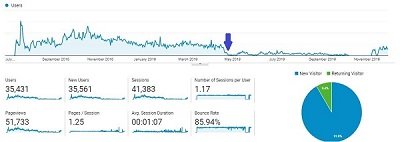
I thought my content was outranked, But later I confirmed that it was not because of something wrong with my site’s pages.
See what Google says about it, “As with any update, some sites may note drops or gains. There’s nothing wrong with pages that may now perform less well. Instead, it’s that changes to our systems are benefiting pages that were previously under-rewarded”
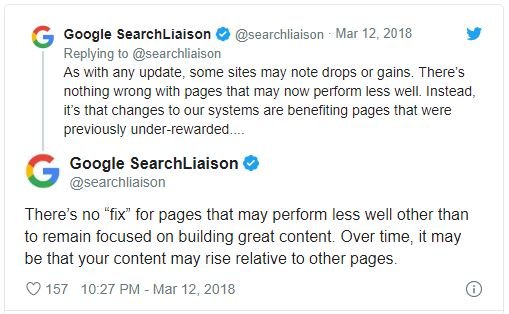
So, if you see a traffic drop after the release of an update, then it doesn’t always mean that your site is hitting by the update. It’s part of the process. It’s temporary and lasts for 2-3 months.
But another reason could be E-A-T (Expertise, Authoritativeness, and Trustworthiness).
One of the page quality factors that Google has been caring for for years. It’s not a new concept, it’s been part of Google PQ guidelines for a long time.
AND it clearly shows that PQ (page quality) is not just about long content.
Major factors that google considers to measure the overall quality of a page.
- The purpose of a web page
- E-A-T (Expertise, Authoritativeness, and Trustworthiness)
Let’s get into it…
THE PURPOSE OF A WEB PAGE
Why does google consider the purpose of a webpage for the PQ (page quality) rating?
The simple answer is ‘To understand the criteria’. And it helps google evaluating the particular page purpose.
All pages are created for a purpose. It could be for helping users, making money, or having any beneficial purpose.
For example, the purpose of creating this GUIDE is to help users to learn SEO in detail.
But some pages are just to mislead, harm, or fake you.
For example, if someone isn’t in the medical industry but used to blog about health tips.
Then he/she might be wrong in some cases which is totally unreliable in the user’s perspectives. And can harm you (as a user).
This is why Google considers the purpose of a webpage to know the reason behind the content creation.
The content that is created with the intent of harming, faking, or misguiding the users, will receive the Lowest PQ rating. Resulting, low rankings.
Helpful or beneficial page purposes [according to Google]
- Sharing General information
A Good example that sharing information about a topic.

- To entertain others with video, text, or memes

- To sell product & services

- Q & A
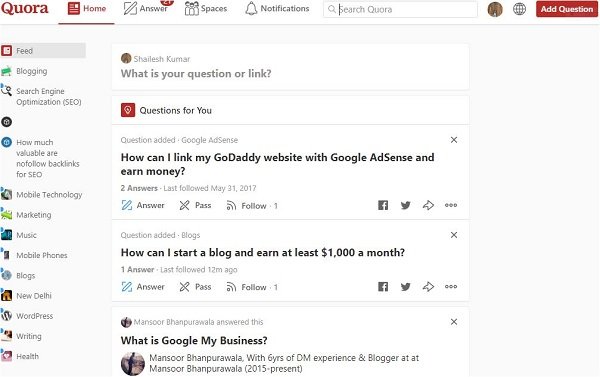
Besides that, Google emphasizes more YMYL (Your money your life) pages because they can potentially impact a person’s future life, finance, happiness, and health, etc.
These are the pages related to health, finance, government, shopping, and news.
Google has put a high page-quality standard for YMYL pages because low page quality YMYL pages impact negatively.
E-A-T (EXPERTISE, AUTHORITATIVENESS, AND TRUSTWORTHINESS)
Like I said, Google emphasizes YMYL pages. So, if you’re the creator of one of these YMYL pages then you should take care of E-A-T.
E-A-T stands for…
- Expertise
- Authoritativeness
- Trustworthiness
Google’s aim is to deliver results that are accurate, not hypothetical, or inaccurate. And here EAT comes into the picture.
It’s a good concept to make sure that the content is a reliable source.
In my opinion, E-A-T is all about ‘YOU’. How good an expert, authorized, and Trustworthy you are.
And this is why long content is no longer valuable unless you have a higher amount of E-A-T.
But Google also believes that some topics don’t require formal expertise.
For example, A PRODUCT REVIEW. If you review a product you’ve used already, you know better about that product. And it’s your experience. Google considers life experiences as expertise.
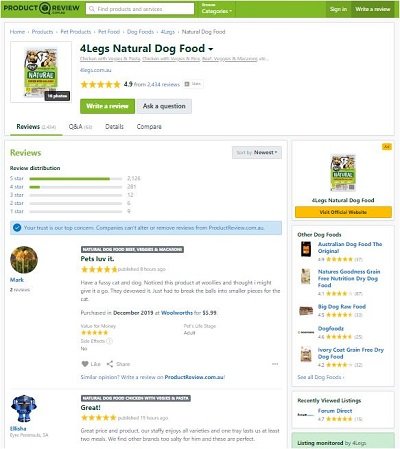
It shows that you’re an expert because it’s your life experience. It called “Daily routine expertise”.
SEE ANOTHER EXAMPLE –
Here you see a discussion forum that only talks about hair loss. As it’s a common problem, you probably had the same problem in the past. So you know a better solution that could be helpful for the forum community members.
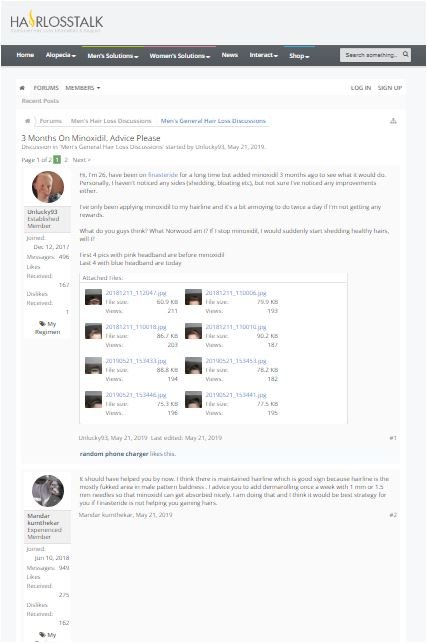
NOTE: E-A-T is not a score, it’s the quality measuring factor that defines how reliable the source is.
SEE what Google suggests to you about EAT…

So, you know enough about E-A-T.
Now, it’s time to understand how you can develop a high level of E-A-T for your blog or website even if you’re just a beginner.
Actually, you don’t need to take training classes to become an expert. It all comes with the time if you devote your time learning and executing things.
For example, if you’ve been blogging about SEO for 5 years, then you’re an expert in this field.
Or you can hire one that can work on your behalf.
Google wants to make sure that the main content creator should be an expert in the industry.
In fact, SearchEngineLand also talks about “why the author’s reputation matters”.
A couple of ways to develop high E-A-T
- Show Google that you’re the expert
- Do Help Google to know about your business
- Get mentions from Authority sites
Let’s discuss a little bit more about these TOPICS…
SHOW GOOGLE THAT YOU’RE THE EXPERT
Can you prove to Google that you’re the expert?
If you can, it can affect E-A-T significantly.
The only way to do it is by CHOOSING a single topic.
Yes! You heard it correct…
Just choose one topic, learn it, and show PEOPLE how valuable resources you can deliver to that industry.
If you do so, people will start noticing you and start calling you an expert.
Hiring an expert could be another secret strategy to rank well on Google in 2020 or beyond. But it works if you’ve money. (Hahaha…)
DO HELP GOOGLE TO KNOW YOUR WEBSITE
Google knows that you are an expert but don’t know is it really you behind your business.
According to searchengineland.com, Google could be using a new form of authorship to know the content creator and its website.
Inadequate information on your website could be a negative signal and affect your search appearance as well.
So, I would suggest you add the following pages to your website: –
- About Us /About Me page
- Contact Us / Contact Me page
- Privacy policy and Terms of services
In short, you need to be transparent to let Google know about you and your website.
You don’t fake it.
GET MENTIONS FROM AUTHORITY SITES
You are so smart,
And you can make people fool, so google too.
Here is a question that comes to how Google decides that you are not fake…
The simple answer is “Mentions”
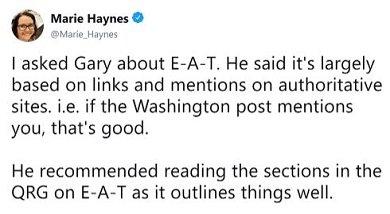
Google wants other’s recommendations. If the brand, blog, and influencers are mentioning you and your website it means you are real, trustworthy, and authorized.
LIKE this: Monitorbacklinks.com has mentioned one of my articles as a source.

It’s the major factor that affects E-A-T the most.
And here the role of BACKLINKS comes into the pictures.
It’s tough to establish a high-authority backlink profile. “High-authority” in the sense; Backlinks from Inc., Forbes, New York Times, and other authority sites.
It helps you build a reputation fast.
And if you want to check the reputation of a website then type this in the google search bar.
YourSiteName – site:yourdomain.com
With this, you can find who has mentioned you.
CHAPTER 2:
FEATURED SNIPPET
Featured Snippet is one of the powerful keys to drive more clicks than what no. #1 result receives.
Even if you are the last result of the first page, you can still drive more clicks than #1, if you are in the featured snippet.
It means Google can feature any possible result from the FIRST page.
So In this chapter, you’ll get to know all about featured snippets.
Let’s move on…
According to Rand Fishkin (The founder of SparkToro.com & MOZ), organic click-through opportunities are shrinking rapidly because of a featured snippet.
SEE this:
Google’s European monopoly: –

According to Ahref, 8.6% of total clicks go to the featured snippet. They also claim that almost 12.6% of total search queries have featured snippets in their SERPs.

These stats show how powerful the featured snippet is.
So, how to optimize your page for the featured snippet.
Let’s SEE HOW you can do it:
TRACK YOUR TOP PAGES
The easiest way to get your page featured snippet ready is by tracking your top-ranked pages.
Use any rank tracker tool and lists all top pages of your blog that are ranked on Google’s top 10 results.
Next, collect the keywords of those pages.
Then, find which keyword has a featured snippet opportunity.
Once you have an opportunity, you can optimize your page by analyzing other’s featured snippet-ready results.
Still, confused?
Let’s take an example…
Suppose one of your articles GET ranked for a keyword of “what is featured snippet” in the top 10.
Now you need to go to Google and type the same keyword and search for it.

Next, visit featured ready results to analyze how this page is optimized.
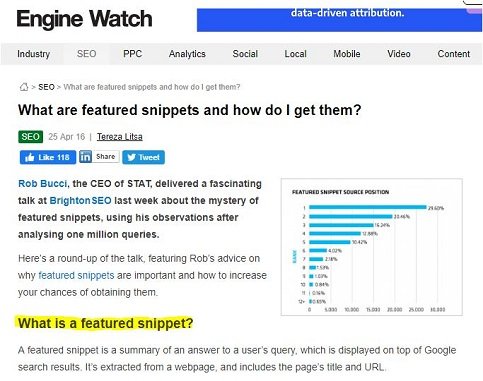
By analyzing the page, you’ll get to know what phrases or structures are required to optimize your page for the featured snippet.
COOL!
ADD QUICK QUESTIONS AND ANSWERS SECTIONS
Another way to optimize your page for featured snippets is to “Add Quick Questions and Answer sections”.
LIKE:
>>> If you add questions & answers to your page, Google can catch them easily.
You can find related questions from the ‘people also ask’ section shown by google.
Like this:
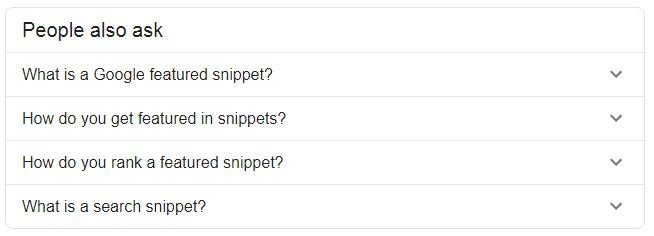
>>> Add user intent to your focus keyword.
For example, your focus keyword is “featured snippet”.
Now you can add like “What is featured snippet? Why are featured snippets important? AND how to rank for featured snippets”
Pick these phrases and add answers to these terms separately.
From above, you’ll notice that google picking up the long tail, user’s intent-ready keywords for the featured snippet.
So, you can include these types of keywords in your article and get your page on featured snippets.
STEAL FEATURED SNIPPET DESIGN FROM OTHERS
Very similar to the first method and works only if you are already ranked on the first page of google.
You need to see what structure and Q&A phrases your competitors are using and then imitate the same structure and Q&A phrases to your content.
You can even test with the different-2 phrases for better optimization.
Good luck!
CHAPTER 3:
‘USER INTENT’ & ‘SEARCH INTENT’
What is searcher/USER intent?
Simple, “Intention of a searcher” or what searcher/USER is actually looking for.
(Remember, there is a difference between search intent and searcher intent. Search intent means results shown by google serve when a user searches for a query. And searcher intent means what a user is actually looking for. )
A user search on google with an intent.
For example, a user wants to learn more about blogging then he can either type ‘what is blogging?’ or ‘how to start blogging
If he searches for “what is blogging?” it means his intention is to know about blogging.
And Google shows results that match searcher intent.
Like this:
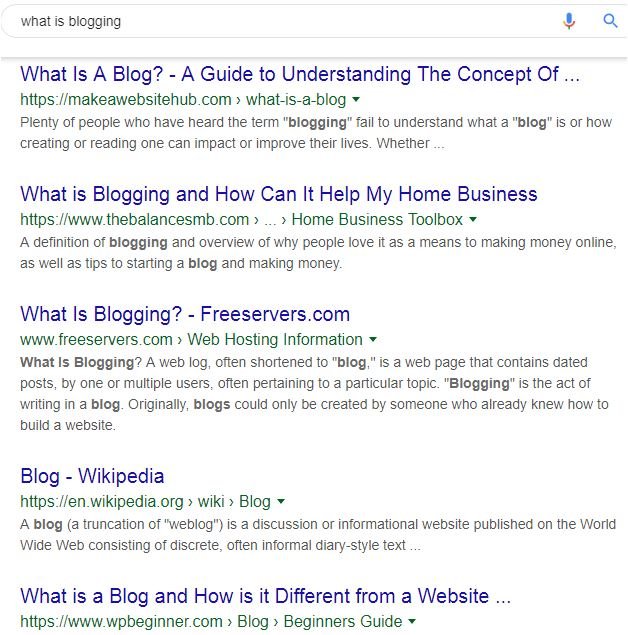
But he searches for “how to start blogging” which means his intention is to take action.
And search intent changes accordingly because both queries have different-2 search intent…
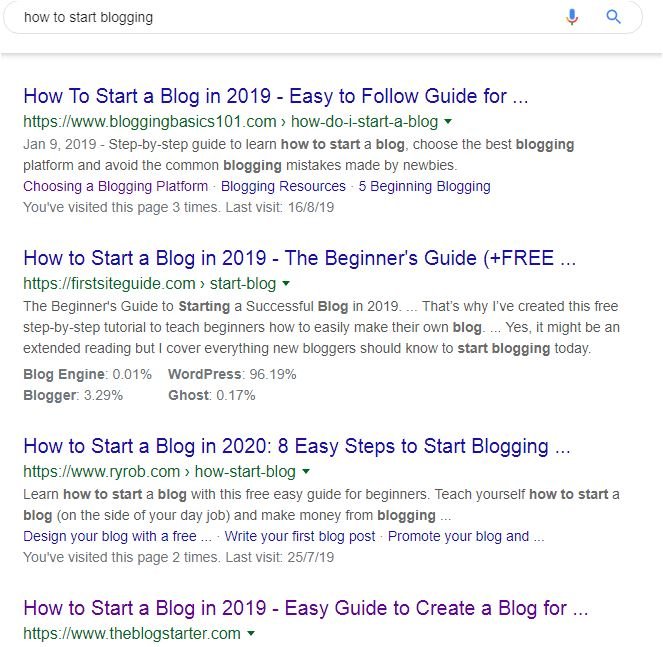
This is how search results change with searcher intent.
Being a content creator, you need to understand the search intent. And help google provide a quick solution to the user’s problems that match their intent.
In SEO, you need this: Searcher/User intent = search intent
If your content doesn’t match search intent, Google never ranks you well.
Sometimes Google doesn’t understand the searcher’s intent because of a lack of context.
For example, if you search for ‘Apple’, Google shows you the results based on what most people are looking for.

But does not give you any result about APPLE fruit. Because Google knows that Apple fruit is a quite common thing, and no one search for apple intentionally. So they serve the results based on the majority.
So far you’ve learned what is search intent and searcher intent.
Now let me tell you how to match your content with search intent…
KEYWORD INTENT
The keyword plays a vital role when it comes to identifying the search intent.
There are six types of keywords
- Informational: keywords like ‘what is SEO’
- Generic: Keywords like ‘apple, cake’. (lack of context)
- Specific: Keywords like ‘MI smartphone, sports shoes, and Video camera’
- Problem-solving: Keywords like ‘how to fix XYZ’
- e-commercial: Keywords like ‘buy iPhone 11 pro’
Every keyword has a different search intent.
For example, if you type “what is product packaging” then google pulls this type of content on the first page.

So, here keyword has an informational intent. And you just want to know about product packaging.
Here you don’t need to identify the above keyword’s intent because it’s self-explanatory.
But sometimes it’s tough to understand the keyword intent because of a lack of context.
For example, a keyword like ‘chocolate cake’, has a lack of context and you don’t actually know what to write about.
Either you write about ‘how to make a chocolate cake’, or a list of best chocolate cake recipes’, you don’t know the actual search intent.
So for that, you need to go to Google and search for this term.
Google search results for “chocolate cake”
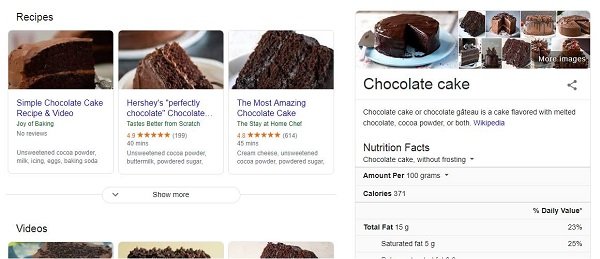
Here you can see that for the above keyword Google serves recipes results. And tell that what google is actually ranking for those terms.
This is why you need to identify keyword intent, before creating your content.
In other words, it helps you understand the context of a keyword. And help you rank well on Google for that keyword.
It’s the good side of SEO 2020. So don’t ignore it.
CHAPTER 4:
VOICE SEARCH OPTIMIZATION
You are in the 20th century… Right?
You’re lazy and don’t even want to type in Google search bar.
So what you do instead…
You just say “Ok Google” and speak what you’re curious about.
You know more and more SEOs are now focusing on voice search optimization. So you too…
And in this chapter, you’ll get to know all about voice search optimization.
Let’s begin…
Google has been working for years to serve the best results through voice command.
In fact, Google voice searches have increased by 35x than in 2008.
And…
In fact, according to PWC:
You will more often use voice devices in the future.
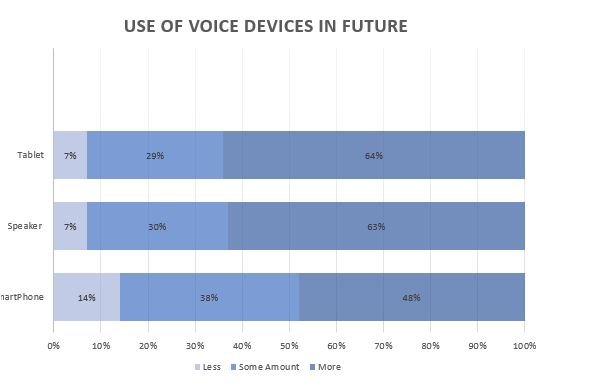
This visual shows how Voice search is evolving.

I think this data is enough to say that voice search optimization is going to be the next SEO strategy in 2020.
So how to optimize for voice search…
A few tips are:
OPTIMIZE FOR FEATURED SNIPPET
If you want to optimize for voice search, then optimize YOUR CONTENT for a featured snippet.
In fact, GOOGLE PULLS 40.7% OF VOICE RESULTS FROM FEATURED SNIPPET.
(Learn more from chapter 2)
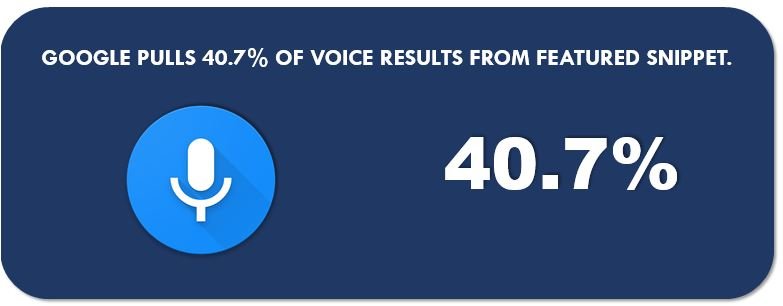
ADD QUESTIONS AND LONG TERM QUERIES TO YOUR CONTENT
Adding long-form of queries, questions, or phrases within your article can boost the chances of getting ranked for voice searches significantly.
In fact, MOZ studies say that Voice queries are longer than usual text queries.

A SET OF KEYWORDS FOR VOICE OPTIMIZATION
SEOclarity has collected a set of key phrases.
And according to it, 20% of all voice searches are triggered by a set of these 25 keywords.
These are the keywords that are being spoken while performing a voice search.
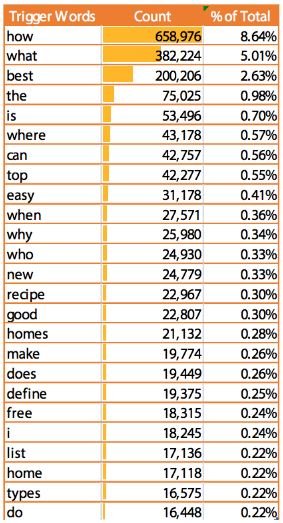
You can too use these words or key-phrases to optimize your content for voice search.
GET YOUR SITE MOBILE-FRIENDLY
The majority of the voice searches are made through mobile devices. So it’s a good suggestion for you to make your site mobile-friendly.
In fact, 20% of mobile searches are now voice searches.
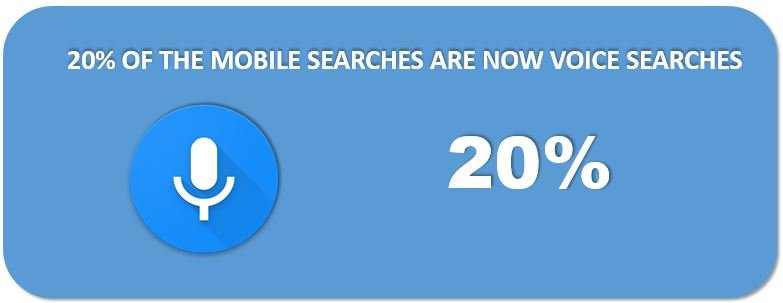
Refer to this guide to learn More about Mobile SEO: – Mobile SEO techniques to grow traffic on mobile devices
CHAPTER 5.
VIDEO & VISUALS
Both videos & visuals are going to become a prominent factor in SEO 2021 or beyond.
Let’s first talk about VISUALS:
People love searching with visuals. And when you perform a search on Google you only go last for 30 results, but when it comes to a visual search engine like Pinterest, you go up to 60 – 100 results per query.
Almost 90% of the information stored in the brain is Visual.
In fact, our brain process an image within 13 milliseconds. Isn’t it cool?

Even Pinterest generates over 600M visual searches monthly.

And the image recognition market is grown to $25 Billion.

Google image search receives 21% of the total Google search volume.

Google is transparent about the change in the image search algorithm. And according to it, “Google is more inclined to rank images that have both great images & great content on the page.”
This is the power of visual search. And you can’t ignore visual or image SEO in 2020.
A few tips for visual or image SEO to rank higher on search results…
USE KPARSER TO FIND BEST KEYWORDS FOR YOUR IMAGE
KPARSER is a good tool to find the best keyword to do SEO for images.

It has a separate Google image search option that can help you find image SEO keywords.
And the cool thing is that KPARSER is also available for free.
CREATE IMAGES FOR HIGH E-A-T
As E-A-T is the major element of SEO 2020, so better you create your own professional images and visual designs.
Using STOCK images can hurt E-A-T, so SEO all well.
A simple trick for you:
- Go to Google search image and type in your focus keyword.
- Find what kind of images are on top.
- And create something more valuable than existing.
A FEW MORE IMAGE SEO TIPS
- Add the focus keyword to the image file name.
For example, if your focus keyword is “Pinterest Marketing”, then make sure you add it right in your image file.
Ugly and bad file name: xyz$1234.jpg
SEO optimized image file name: Pinterest-marketing.jpg
- Do not use Stop words like at, the, or, an, etc.
- Use a dash to separate words. (ex: Pinterest-marketing)
- Compress your image file
- Don’t forget to add alt tag and caption
- Create an image SITEMAP to improve indexing
- Use a CDN (content delivery networks) to serve images faster than usual
- Add image schema markups
Now let’s talk about the importance of VIDEO SEO in 2020
VIDEOS are awesome and way more powerful than text & visuals.
And why not, Almost 82% of online traffic will account for videos by 2021.

Let’s see how you can improve SEO using videos.
ADD VIDEOS WITHIN YOUR CONTENT
Adding videos to your product page can boost conversions by 80%.

In fact, Adding the “video” word in your email subject line boost email open rate by 19%, C-T-R by 65%, and reduce un-subscriptions by 26%. (Source)

COOL!
RE-GENERATE EXISTING CONTENT ON YOUTUBE
Getting started on YouTube can help your content rank well on Google and also decreases the bounce rate.
So go and create a YouTube channel and start re-generating your existing content into video format.
And then add the link of your blog post to the description section of your video.
By doing this you not only drive traffic to your videos but also driving traffic to your blog post.
And of course, Because Google ranks videos faster than a blog post.

A few more tips about SEO in 2020…
- Add focus keyword in the title of your videos
- Add your videos to your blogpost
- Get the transcript of your video ready
CHAPTER 6:
DON’T IGNORE BACKLINKS
Google cares about backlinks. So you should take care of it too.
Because you are not supposed to rank higher on Google without link-building.
This is the truth no one can deny it.
And you can’t generate high-quality backlinks unless you create a masterpiece.
Even Google officially confirmed that a page having authority backlinks is considered a reliable & trusted source. (Google quality guidelines)

A few tips to generate backlinks in SEO 2020
ROUNDUP POSTS
Find roundup post opportunities by using this: intitle:roundup “your keyword”
For example, if you are looking for “business SEO” ROUNDUP post opportunities.
Then go and type this in the google search bar: intitle:roundup “business SEO” and hit search.
You’ll find possible roundup opportunities.
LIKE THIS:
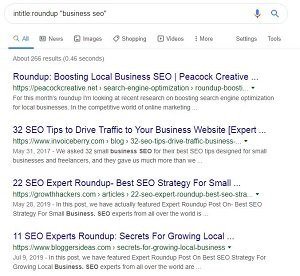
Next, Go and find the opportunity that fits you. AND then get their contact information and send them an email.
The pitch goes like this:
Subject: Regrading to your Roundup Post
Hey [NAME],
Great Roundup…
I’m wondering if I could be in your Roundup.
I’ve attached a piece of content for consideration in your Roundup.
[GIVE THE POST TITLE AND A SHORT SUMMARY OF THE POST]
If you’re interested, please check it here: [GIVE THE EXACT LINK OF SOURCE]
I would love to blast your Roundup post through my email and social network.
Looking forward
Thank you,
[YOUR NAME]
Pitch it to a few more roundups.
After pitching, wait at least one week to get at least one approval.
If anyone of them agreed, they will love to include you in their roundups.
INFOGRAPHICS
It’s one of the easiest ways to create high-quality do-follow backlinks.
You need to produce staller infographics in which influencers are interested.
Once you have it, start pitching bloggers, influencers in your network, and first ask them to at least share your infographic with their networks.
If they agree, then you can ask them to insert your infographic into one of the relevant posts.
Simple!
PRODUCE WELL-RESEARCHED RESOURCE
This is by far my best link-building strategy to generate backlinks on autopilot.
SEE how:
You need to pick a topic with less research available on the internet. And then you have to create super valuable, well-researched content.
You can even include case studies because people love to add statistics in their blog posts.
AND if they need your statistics, they will include your case studies in their post and link you as a source.
This is how you can easily generate high-quality backlinks.
The beauty of this strategy is that you don’t even need to pitch bloggers to beg for backlinks.
A few more ideas to link-building
- Guest blogging
- Blog commenting
- Use HARO for better link-building opportunities
This is it…
CHAPTER 7:
OPTIMIZE FOR MOBILE
In the era of smartphones, people love to spend more time on their phones than on a desktop.
In fact, mobile accounts for 65% of all web traffic in Asia.

And ALSO:
91% of social media users use SMARTPHONE to access social platforms.

70% of web traffic comes from a mobile device.

These stats prove that you need to prepare for mobile-first.
And for that, you need to execute mobile SEO techniques to optimize your business/blog for mobile.
CHAPTER 8:
SECURE CONNECTION
An unsecured website impacts E-A-T negatively and can easily be compromised using a malware code.
A malware page is created to harm users or to steal personal, financial, or business information.
These are merely made to damage the user’s computer.
So, you don’t want to be part of affecting the user’s experience.
I suggest you use an HTTPS connection. But having an HTTPS connection won’t stop malware attacks.
You need to use both an HTTPS connection and a third-party service to stop malware attacks.
In fact, Google doesn’t want to hurt the user’s experience, so they deliver secured results only.
And they use the lowest rating for any malware sites. (source)

- If you are running an online business or blog then make sure you go with HTTPS secured connection and SSL certificate like Comodo, ESET, Cloudflare.
In case you have your blog without HTTPS and third party security, then I recommend you check out these guides: –
- How to redirect HTTP to HTTPS carefully without losing SEO
- How To Configure SITELOCK with your WordPress site.
- How to remove malware using SITELOCK
Security should be the prime concern for businesses, if not for blogs.
SEE WHY:
84% of users cancel a purchase if data were sent over an insecure connection. (Source)

OVER TO YOU
Now it’s over to you how you establish high E-A-T for your website or business.
Have you learned something new? Are you going to boost your E-A-T or going to make your connection secure?
Let me know in the comment section.
Love this guide? Do share on social media platforms.

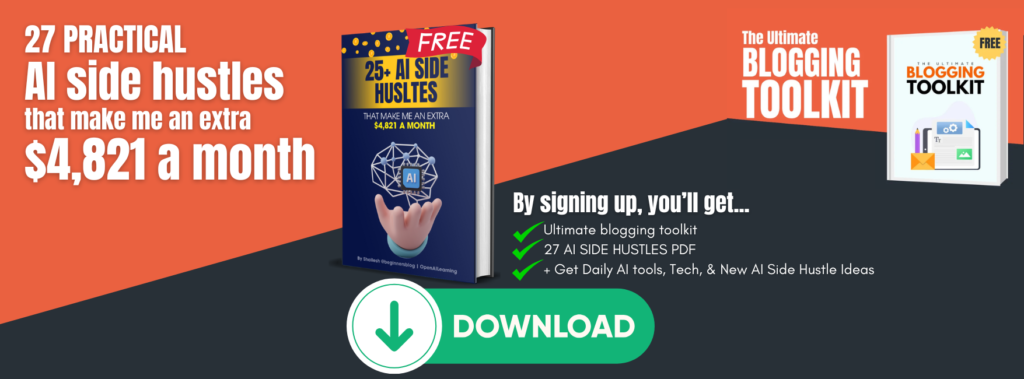
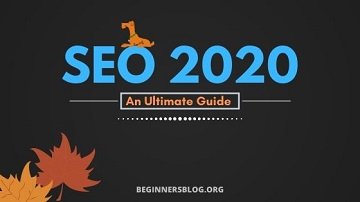



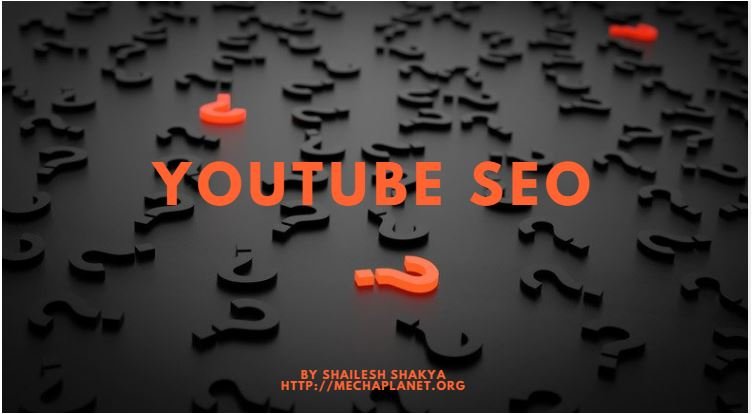

7 thoughts on “SEO For Beginners: An Effective Guide to Survive SEO This Year [2021]”
thank You FOR Sharing and I do Appreceiate Your Time and effort put in here to write a post like this.
Very helpful post.Pretty new to blogging and didn’t know much about SEO. Thanks alot.
Hey, thanks for stopping by… Keep leaning and grow fast!
why my blog just 80 views per day
Hey,
80 / day is not a bad number. when I started I only had 10-20 views a day.
You need to be consistent and don’t lose hope.
I have checked out your blog… It’s good but I do suggest you to limit it to a particular niche. And continue to publish great content. Soon you will be able drive huge traffic to your blog.
SEO for beginners is very helpful concept to get traffic from social sites and improve site traffic. Thanks for sharing this information.
Thanks for stopping by!